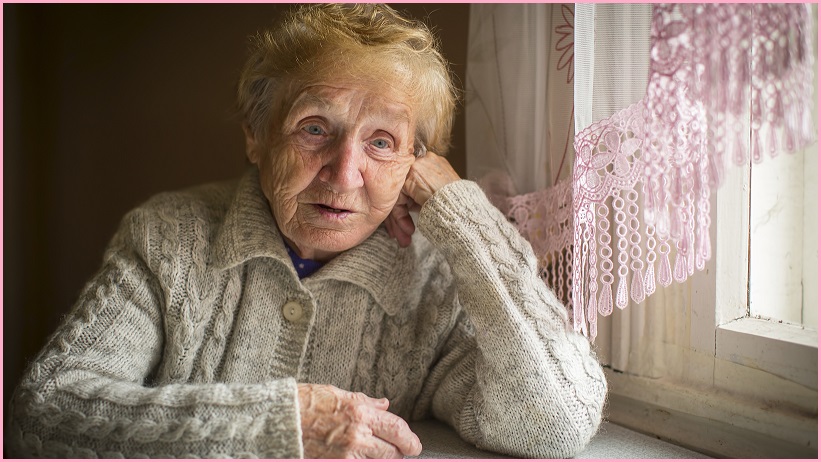Even as Australians travel the country for long-overdue Christmastime family reunions, many residents of nursing homes will spend the holidays without visitors, gifts, or any emotional contact – yet another blow after the devastation and isolation of the COVID-19 pandemic.
Lauren Todorovic, a registered nurse for 15 years who has volunteered and worked extensively in aged care, knows firsthand how much many residents struggle with loneliness during the holidays – she was working with them throughout two years of pandemic – and this holiday season, she decided to do something about it.
Launched in the run-up to Christmas, her solution is an online gift-giving platform, called Connect the 40%, that allows aged-care residents to submit requests for gifts or experiences that would brighten their holidays – and enables visitors to cover the cost as a gesture of kindness.
“A lot of people want to do good and help older people in aged care, but they don’t really know where to start,” Todorovic told Information Age, noting that many community visitor programs “have so much red tape associated with that.”
“We’ve seen with COVID the need for [support], because it’s very hard to access residents living in care.”
The 40 per cent figure refers to the proportion of aged-care residents that don’t have regular interactions with friends or family – a chronic problem in aged-care facilities like St Kilda’s Sacred Heart Community, where many residents have grown up homeless or traumatised.
Homes work with residents to identify gifts or experiences they would like – early requests include laughter yoga classes, a performance by an Elvis impersonator, or high tea in the town where they grew up – and build online profiles that users can use to get acquainted with residents and send them messages.
HelloCare, the company Todorovic founded and of which she is now CEO, also sells a range of curated products for comfort – such as customisable bed supports – and companionship, such as interactive tabby cats or puppies that, she said, “are really good for people not just with cognitive impairment, but for people that feel a bit lonely or who really love animals.”
By facilitating engagement and providing a technology-driven crowdfunding platform to enable the funding of residents’ wishes, Todorovic hopes Connect the 40% will provide holiday cheer for residents who would likely have spent the holidays without outside interaction.
It doesn’t have to be much, she said: “Even just having someone come in to eat, whether it be through a one-on-one or in a group exercise, and spending time with them outside of what they normally do every day,” she said.
“Homes don’t have budgets to go off and organise art therapy one-on-one for every resident because that is cost-prohibitive.”
Technology reaches across the distance
The newly-launched platform raised over $1,000 on its first night after going live – encouraging results for a unique venture that Todorovic spent most of the past year researching, building, and promoting to a growing roster of partners including Arcare, Leef, Engaged Art Therapy, The Outside In Collective, and Feel Better Box.
The HelloCare team spent 12 months trying out different technology options for what wasn’t fully an e-commerce platform or a marketplace – and ultimately decided to create a custom product.
“It’s such a minefield out there,” she said. “There weren’t a lot of companies that were experienced enough in it or, if they were, we would need a few full-time people to maintain it.”
The launch version is a minimum viable product but “we will build on it,” Todorovic said. “It’s a new concept, and we’re really just conscious of getting it out there and seeing what works, seeing how people interact with it, and the best way to onboard residents.”
Future expansion might include a mobile app to help caregivers onboard new residents and help them build profiles from the bedside.
Ultimately, whatever joy the service brings to aged-care residents will be a validation of Todorovic’s idea – and affirmation of the giving spirit in a general population that is accustomed to digging deep for crowdsourcing campaigns and high-profile fundraisers like the Good Friday Appeal.
“Those things are great,” she said, “but no one’s ever doing anything for older people. And that’s what we’re hoping to change.”










